Montreal's Marvelous Market & Landmarks
Embark on a captivating journey through Montreal's vibrant downtown marketplace and iconic landmarks on this free walking tour, where culture comes alive!
Time
3 Hours
Stops
9 Places
Distance
4.1 km
Place des Arts
Begin your tour at Place des Arts, a major cultural complex and hub for the performing arts in Montreal, setting the stage for a day filled with art and architecture.
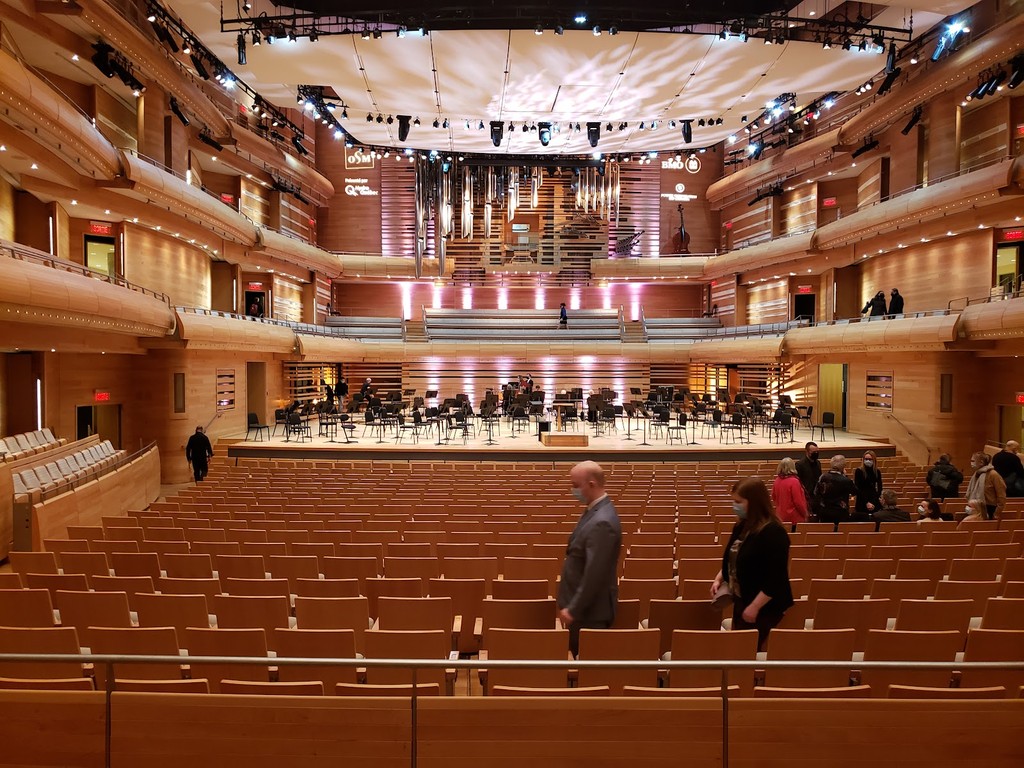
Place des Arts (Source: Google Maps)
Place des Arts is a major cultural complex in Montreal, established in the 1960s. This vibrant hub is home to several performance venues, including the renowned Salle Wilfrid-Pelletier. It hosts various artistic events, from opera and dance to theater and music, making it a cornerstone of Montreal's cultural scene. The architecture reflects a modernist style, featuring glass and concrete elements that create a dynamic space for both artists and audiences. The complex's outdoor areas often feature public art installations and fountains, enhancing the cultural experience. As a gathering place for art enthusiasts, Place des Arts embodies the spirit of creativity and community, showcasing the city's commitment to the arts.
Complexe Desjardins
Head over to Complexe Desjardins, a lively urban space with a marketplace atmosphere, perfect for experiencing the bustling downtown vibe.
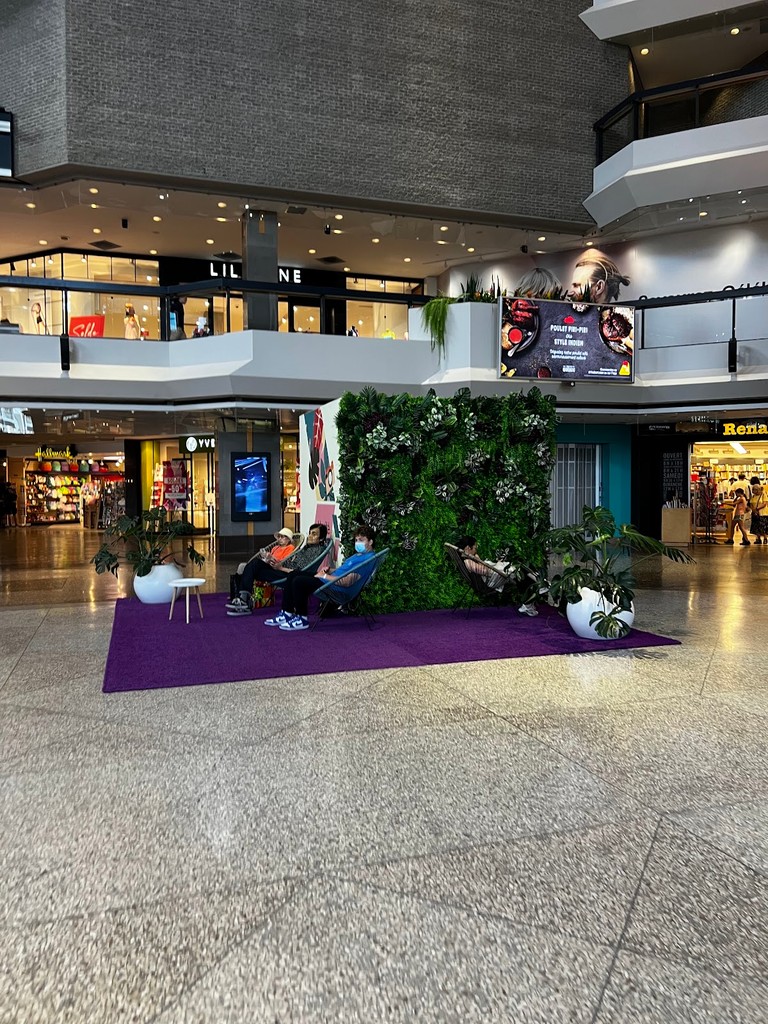
Complexe Desjardins (Source: Google Maps)
Complexe Desjardins is a lively urban complex that integrates shopping, dining, and entertainment in the heart of Montreal. Opened in 1976, this architectural marvel features a distinctive glass roof, allowing natural light to flood the space. The complex is designed around a central atrium with lush greenery and water features, creating an inviting atmosphere. It houses a variety of shops, restaurants, and cultural venues, making it a popular destination for locals and tourists alike. The marketplace vibe is enhanced by regular events, including art exhibitions and live performances. Complexe Desjardins stands as a symbol of urban revitalization, blending commercial activity with community engagement in a vibrant downtown setting.
Musée d'art contemporain de Montréal
Just a short walk from Place des Arts, this museum showcases contemporary art from local and international artists, offering a glimpse into the vibrant art scene of Montreal.
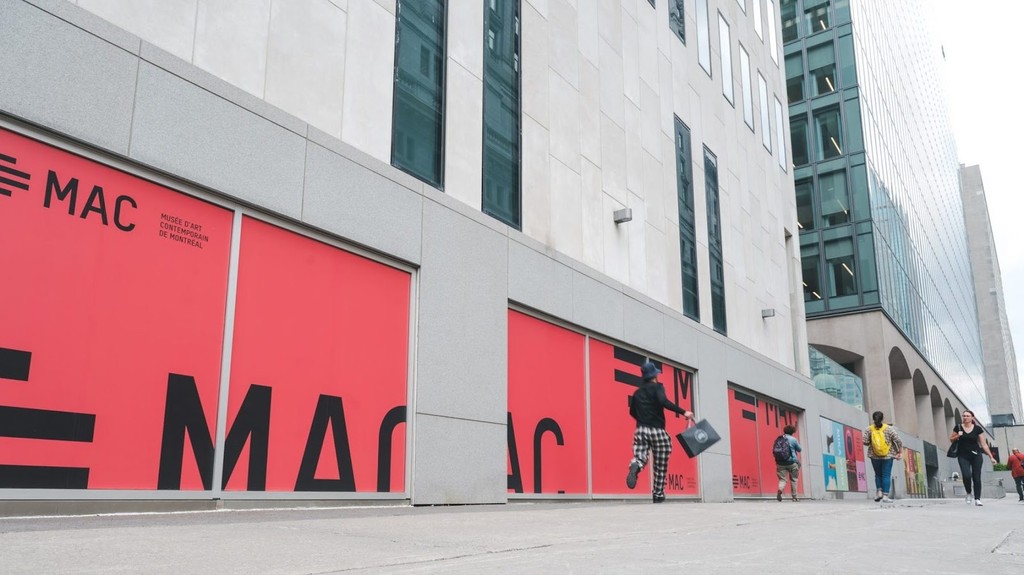
Musée d'art contemporain de Montréal (Source: Google Maps)
The Musée d'art contemporain de Montréal, established in 1964, is dedicated to contemporary art, showcasing works by both local and international artists. The museum's architecture is striking, featuring a modern façade that reflects its innovative spirit. Inside, visitors can explore a diverse collection of paintings, sculptures, and multimedia installations that challenge traditional artistic boundaries. The museum often hosts temporary exhibitions, workshops, and educational programs, fostering a deeper understanding of contemporary art. As a cultural institution, it plays a vital role in Montreal's artistic landscape, encouraging dialogue and exploration of current artistic practices. The museum's commitment to accessibility makes contemporary art engaging for all audiences.
Notre-Dame Basilica
Continue your journey to the Notre-Dame Basilica, an iconic symbol of Montreal's rich history and stunning Gothic Revival architecture.
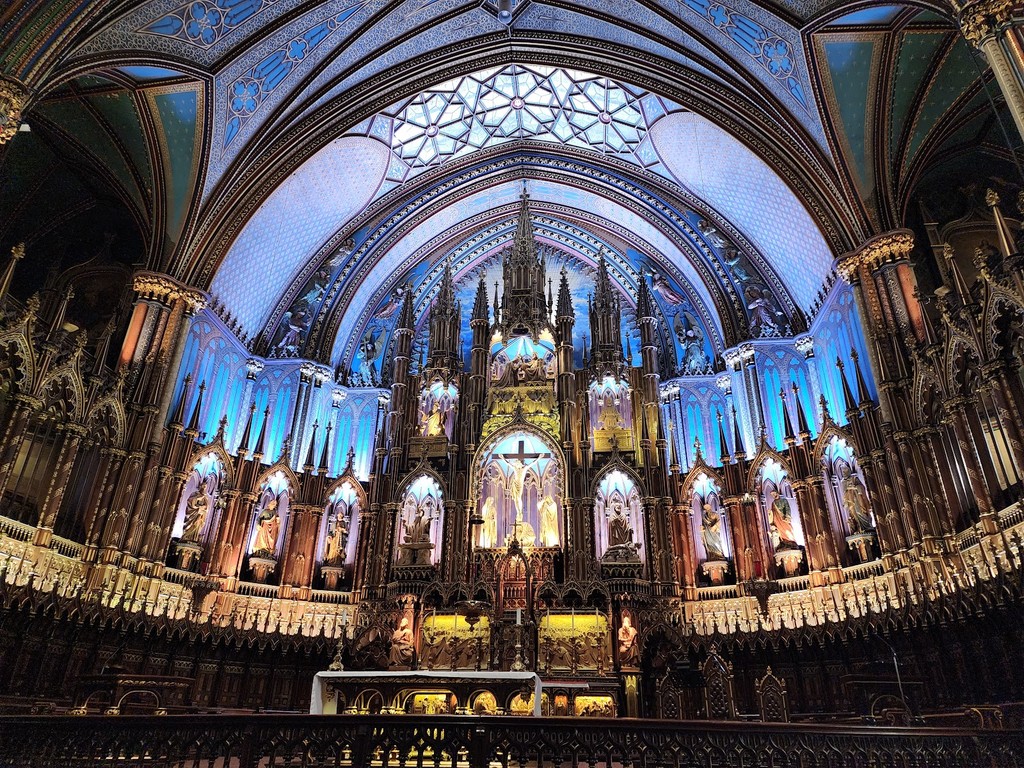
Notre-Dame Basilica (Source: Google Maps)
Notre-Dame Basilica is one of Montreal's most iconic landmarks, renowned for its stunning Gothic Revival architecture. Completed in 1829, the basilica features intricate woodwork, vibrant stained glass windows, and a breathtaking altar that draws visitors from around the world. The design reflects the grandeur of the period, with soaring ceilings and ornate details that create a sense of awe. The basilica has played a significant role in Montreal's history, hosting numerous important events, including the funeral of Canadian Prime Minister Pierre Elliott Trudeau. Guided tours provide insight into its architectural significance and the stories behind its artworks. Notre-Dame Basilica is not just a place of worship; it is a testament to Montreal's rich cultural heritage.
Château Ramezay
Visit Château Ramezay, a historic building and museum that provides insight into Montreal's colonial past and showcases fascinating exhibits.
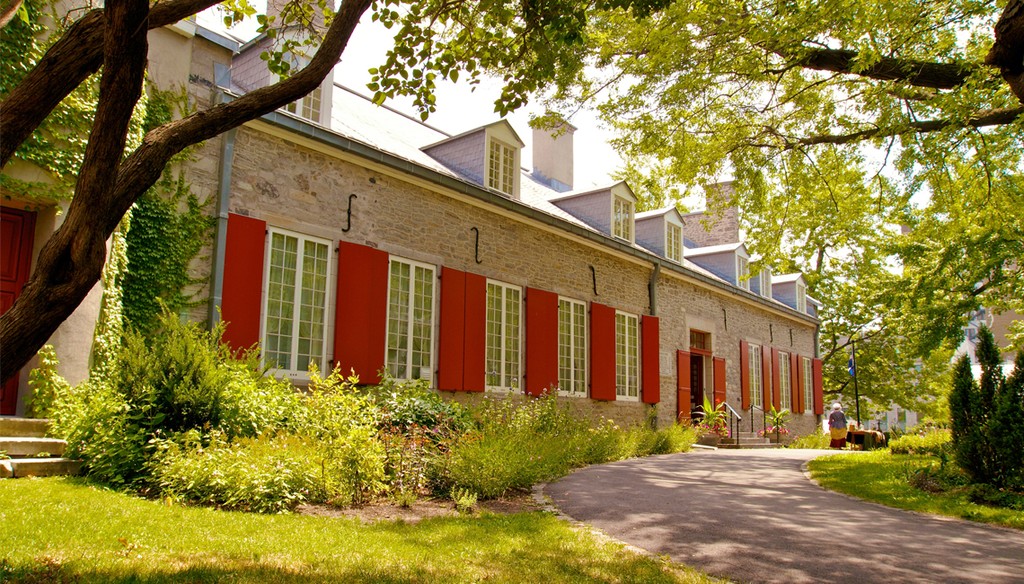
Château Ramezay (Source: Google Maps)
Château Ramezay, built in the early 18th century, is a historic building that serves as a museum, offering a glimpse into Montreal's colonial past. Once the residence of Governor Claude de Ramezay, the château showcases stunning architecture with its baroque-style façade and meticulously restored interiors. Visitors can explore exhibits that highlight the history of New France, including artifacts, documents, and interactive displays. The museum's gardens are also a highlight, featuring heritage plants and landscaping that reflect the period. Château Ramezay is a vital educational resource, providing insights into the lives of early Montreal residents and the city's evolution over centuries. Its historical significance makes it a must-visit for those interested in Montreal's rich heritage.
Bonsecours Market
Explore Bonsecours Market, a historic marketplace offering a variety of local crafts, boutiques, and eateries, perfect for a quick taste of Montreal's culinary offerings.
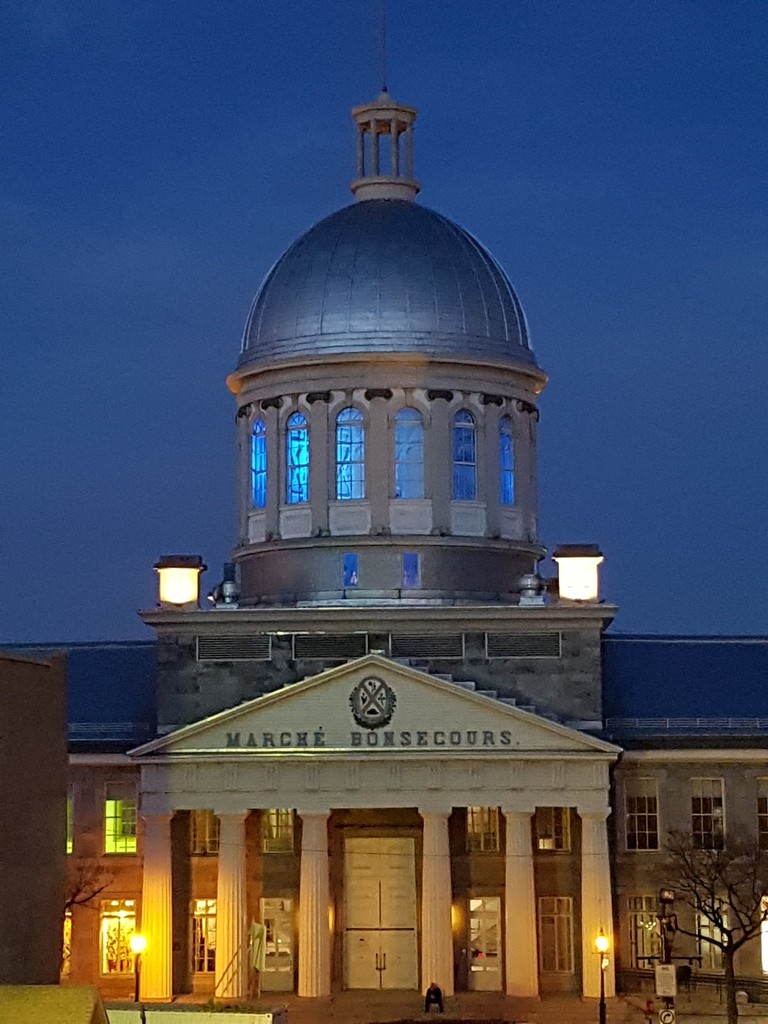
Bonsecours Market (Source: Google Maps)
Bonsecours Market is a historic marketplace located in Old Montreal, originally opened in 1847. Known for its stunning dome and neoclassical architecture, the market was once a bustling hub for merchants and traders. Today, it has been transformed into a vibrant space filled with boutiques, galleries, and eateries, showcasing local crafts and products. Visitors can explore artisanal shops offering everything from handmade jewelry to gourmet foods, making it a perfect spot to experience Montreal's culinary delights. The market's cultural significance is highlighted by its role in the city’s economic history, as it reflects the evolution of commerce in Montreal. Bonsecours Market stands as a testament to the city's ability to blend history with contemporary vibrancy.
Marché Bonsecours Café
Take a short break at Marché Bonsecours Café, located within the market, to enjoy a coffee or light snack surrounded by the market's charming ambiance.
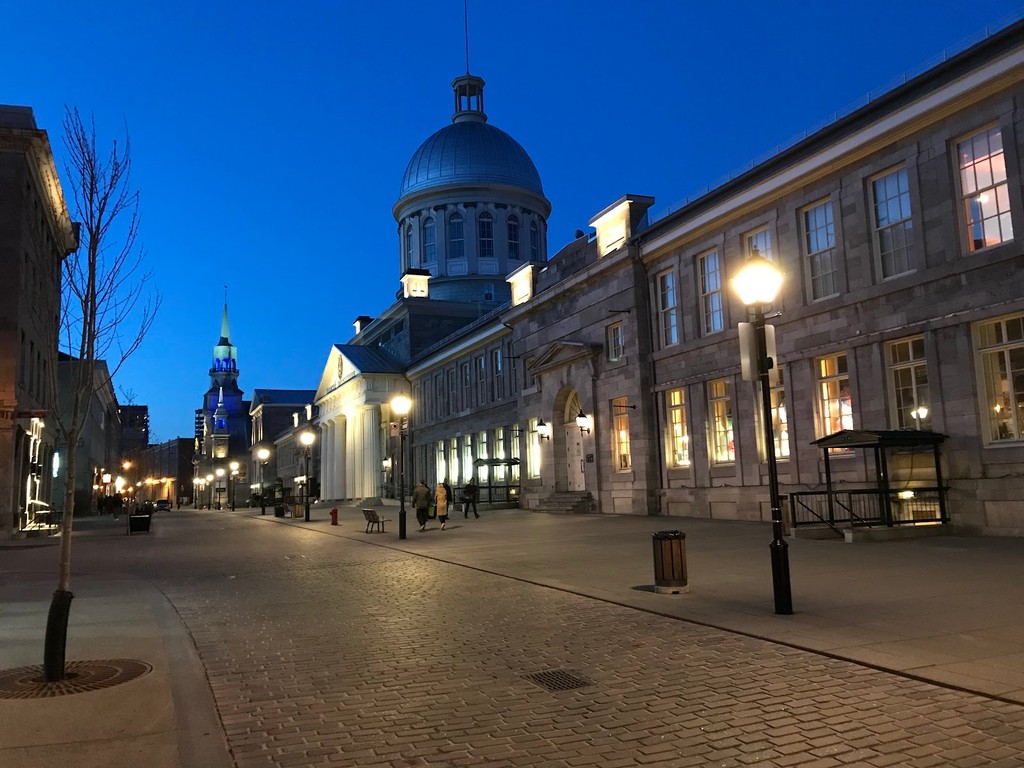
Marché Bonsecours Café (Source: Google Maps)
Place Jacques-Cartier
Stroll down to Place Jacques-Cartier, a vibrant marketplace and public square that serves as a central gathering place filled with street performers and local artisans.
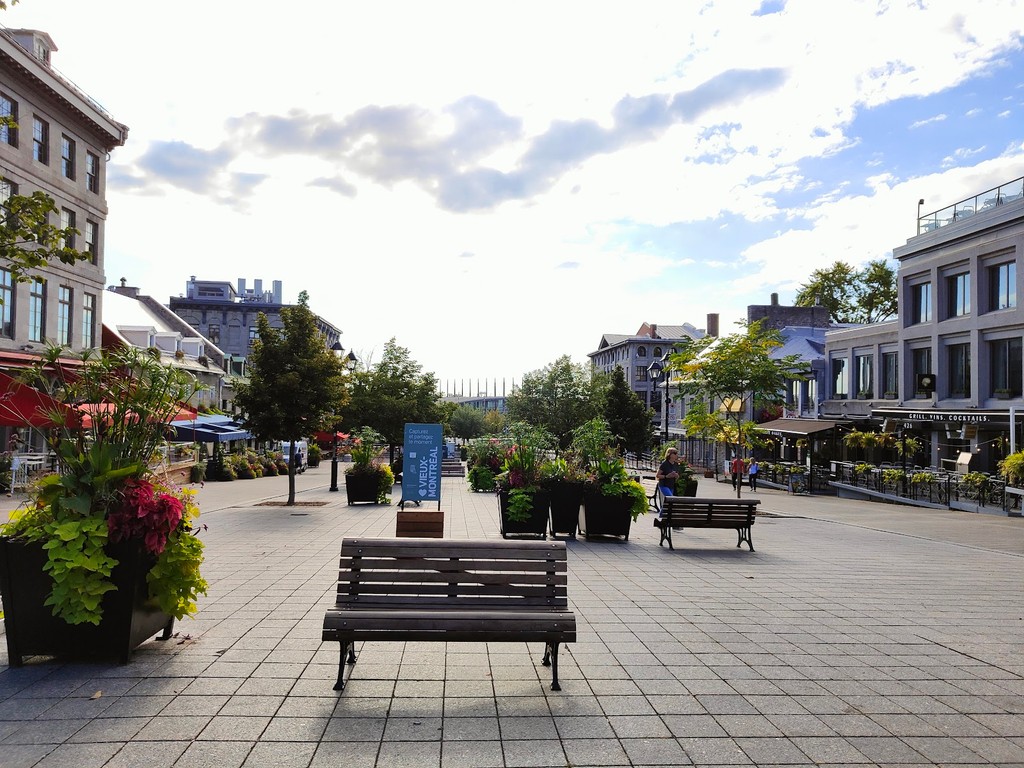
Place Jacques-Cartier (Source: Google Maps)
Place Jacques-Cartier is a lively public square located in Old Montreal, known for its vibrant atmosphere and historical significance. Established in the 17th century, the square has long served as a gathering place for locals and tourists alike. It is surrounded by historic buildings and offers a picturesque setting for street performers, artisans, and outdoor cafés. The square is often bustling with activity, especially during festivals and events, making it a focal point of Montreal's cultural life. Visitors can enjoy the lively ambiance while exploring nearby attractions, including the Old Port and the Notre-Dame Basilica. Place Jacques-Cartier embodies the spirit of community and celebration, reflecting the rich heritage of Montreal.
Old Port of Montreal
Conclude your tour with a leisurely walk along the Old Port, where you can enjoy the waterfront views and the blend of historic charm and modern leisure activities.
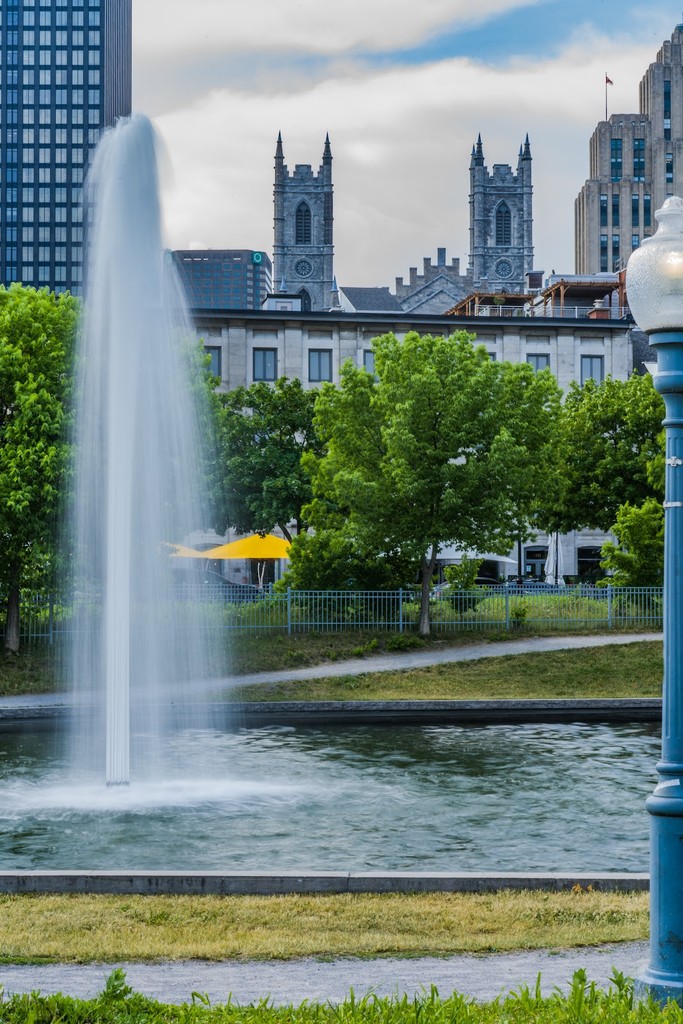
Old Port of Montreal (Source: Google Maps)
The Old Port of Montreal is a historic waterfront area that showcases the city's maritime heritage. Once a bustling port for trade and transport, it has been transformed into a recreational space for locals and visitors. The waterfront features scenic promenades, parks, and attractions, such as the Montreal Science Centre and the La Grande Roue de Montréal, a giant Ferris wheel offering stunning views of the city. The Old Port is also home to various events and festivals throughout the year, including outdoor concerts and markets. Its historical significance is highlighted by the preserved architecture of the surrounding buildings, which reflect Montreal's colonial past. The Old Port serves as a bridge between the city's history and its modern vibrancy, making it a must-visit destination.

Your travels, your rules.
Create your own Free Walking Tours.
Set your preferences, distances and anything you want to do or see.
Completely free, no payment required.